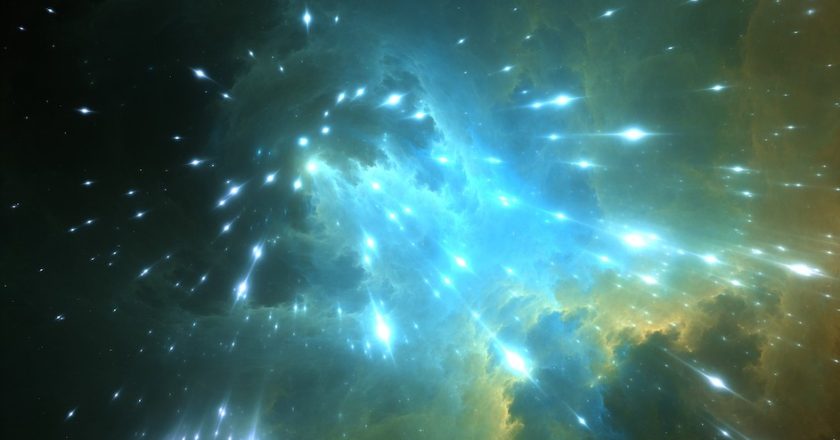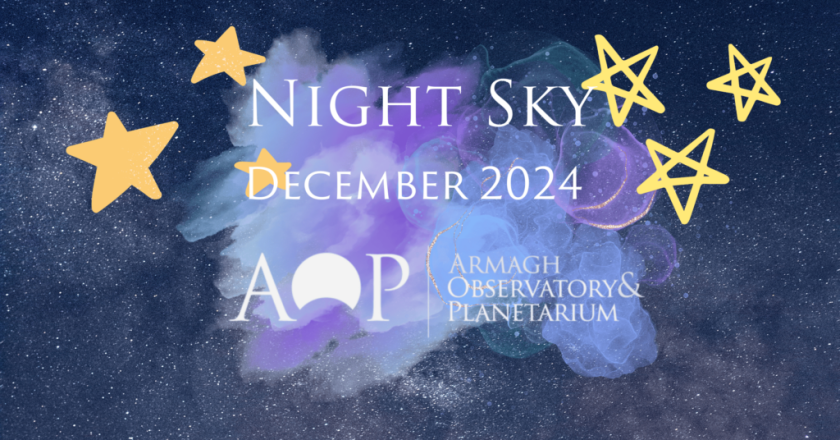Mysteries of icy ocean worlds
As NASA's Europa Clipper embarks on its historic journey to Jupiter's icy moon, Europa, Dr. Matt Powell-Palm, a faculty member at Texas A&M University's J. Mike Walker '66 Department of Mechanical Engineering, has unveiled groundbreaking research that could transform our understanding of icy ocean worlds across the solar system. The study published in Nature Communications, co-authored with planetary scientist Dr. Baptiste Journaux of the University of Washington, introduces a novel thermodynamic concept called the "centotectic" and investigates the stability of liquids in extreme conditions -- critical information for determining the habitability of icy moons like Europa.
Revolutionizing the Search for Habitability
The exploration of icy ocean worlds represents a new frontier in plane...



